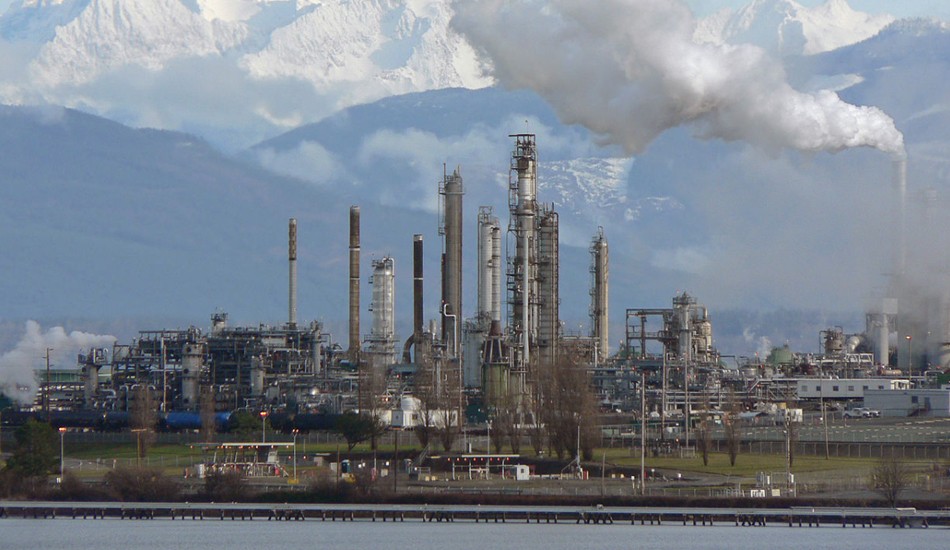In the past few weeks, oil prices have fallen into negative territory, creating a huge headache for oil companies and some investors. While prices have risen as of now, they are still hovering at dangerous levels, which, if breached, can once again fall into the negative zone. Here’s a simple crash course on why oil prices went so low and what this means to the thousands of oil investors around the world.
Negative oil prices
When oil prices trade in the negative, it means that investors who have taken a long position are paying people to get the stocks out of their hands. Now, why would someone pay people to buy their stuff? It mainly has to do with how oil contracts are set up. When the due date for the contract arrives and prices continue to be low, people who hold positions would have to find someplace to store their oil. However, most of the available storage space is already filled up with oil supplies.
As such, the investor either has to pay a premium for whatever little storage space is available or bear even greater expense transporting and storing it in some other place. This would essentially require investors to pour more money out of their pockets every day. Hence, the best option is to get rid of the oil stocks at a low price and suffer a reasonable loss rather than wait and suffer an even greater loss. Now, as to the reason why oil is trading so low that it slips into the negative territory, there are two reasons for this — COVID-19 and weak demand.

Oil prices were already weak even before the CCP coronavirus outbreak was triggered, largely due to uncertainties regarding the U.S.-China trade war and the oil war between Saudi Arabia and Russia. While Russia wanted to increase production and supply of oil, Saudi Arabia was against it and advocated for reduction. When it was clear that Russia had no intention to agree to such a thing, Saudi Arabia went ahead and increased its production with the aim to create an oversupply, dampen oil prices, and eventually force Russia to agree to a reduction.
And that is when the COVID-19 pandemic started. As offices shut down, transportation declined, and overall economic activity fell to new lows, oil prices started falling even farther, ending up in negative territory and forcing long position investors to liquidate at a loss.
Investing in oil
Investors need to be careful about betting on oil at the present moment since things are uncertain right now. Even if the price looks low, it can fall even further in case the virus outbreak rapidly starts to spread post lockdown. However, most experts believe that the worst is actually over.

“Global petroleum stock builds likely peaked in April as oil demand contracted by nearly 25 million BPD (barrels per day) year-over-year… Now, countries are emerging from lockdown, boosting demand just when OPEC+ cuts are kicking in and producers elsewhere are cutting output,” a BofA Global Research report said, as reported by CNBC.
According to Morgan Stanley, oil demand will not return to 2019 levels at least until the last quarter of 2021. By that time, the oil price is expected to be around US$45 per barrel. The International Energy Agency warns that the COVID-19 pandemic could end up creating 12 million barrels per day of excess stocks during the first half of 2020. At present, oil is swinging between US$25 and US$30 per barrel.








